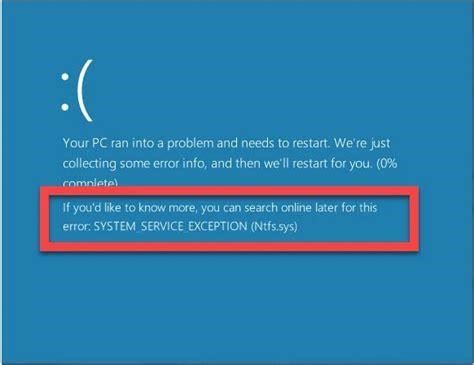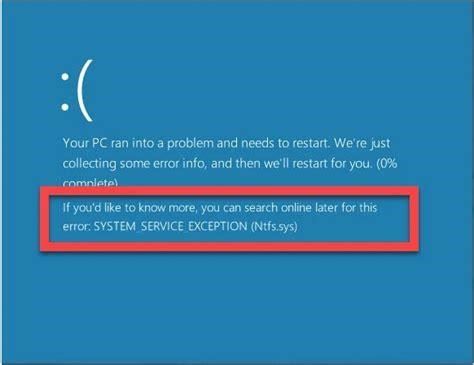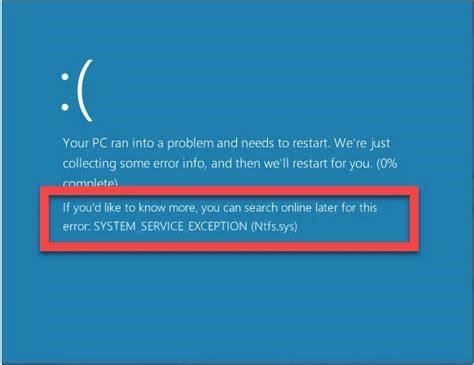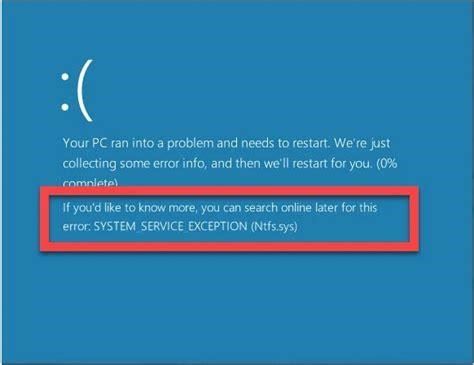Enabling Third-Party App Installation on Windows 11
Over the years, we’ve seen Windows evolve into an operating system that provides users more control over their devices. However, Windows 11 introduces certain restrictions around installing third-party apps that aren’t from the Microsoft Store. This has left many users confused when they try to install a new app and see an error message like "the app isn’t a Microsoft verified app."
Fortunately, there are a few ways to get around this limitation and install apps from outside the Microsoft Store on Windows 11. In this guide, we’ll walk through the steps to enable full app installation capabilities so you’re no longer limited.
Understanding App Installation Restrictions
Windows 11 includes a security feature that prevents installation of apps that aren’t verified by Microsoft. This is enabled by default when you first set up the OS. When enabled, you’ll only be able to install apps from the Microsoft Store, and see errors when trying to run third-party app installers downloaded from the web.
How do I install apps on Windows 11?
On Windows 11, you can use quick and easy commands to find, download, and install virtually any app that has been registered in the Windows Package Manager repository, even those from the Microsoft Store. To search for an app to install with commands on Windows 11, use these steps: Open Start.
Can I sideload Android apps on Windows 11?
Don’t worry, you can sideload apps just like on Android. There’s also a way to install the Google Play Store on Windows 11, enabling access to a much wider selection of Android paps. Android apps in Windows are finally here.
The goal is to prevent untrusted apps from being installed. However, this restricts users who want more control over the software on their device. Thankfully, changing the default settings is simple.
Some users may also encounter issues if their device came with Windows 11 in S Mode. This is a setting that makes the Microsoft Store the only source for apps, and is common on low-cost Windows devices. We’ll cover how to switch out of S Mode further below.
Method 1: Change the App Installation Default
The easiest way to enable full app installation capabilities is to change the default installation setting in Windows 11. Just follow these steps:
-
OpenSettingsfrom the Start menu.
-
Go to theAppssection.
-
SelectAdvanced app settingson the left side.
-
Under theInstall appssection, chooseAnywherefor the "Choose where to get apps" setting.
This will make Windows allow you to install any app without restriction. The next time you run an installer, it will work without issues.
Method 2: Temporarily Override the Restriction
If you want to keep the default security in place, but install an app from outside the Store, there’s another way. When you try to run an installer, Windows 11 will pop up a message saying the "app isn’t a Microsoft verified app."
How to download and install apps with commands on Windows 11?
Here are the steps to download and install apps with commands on Windows 11. On Windows 11, in addition to using a standalone (.exe or .msi) installer or the Microsoft Store, you can also use the Windows Package Manager (winget) to download and install apps on your laptop or desktop computer.
How do I uninstall Android apps on Windows 11?
On Windows 11, you can uninstall Android apps like any other Microsoft Store app from the Start menu or Settings app. To remove Android apps from the Windows 11 Start menu, use these steps: Open Start. Right-click the Android apps and select the Uninstall button. To uninstall Android apps from the Settings app, use these steps: Open Settings.
Where can I get Android apps on Windows 11?
You can get the Amazon Appstore from the Microsoft Store. As of February 2022, Android apps are available in the stable channel of Windows 11—but only in the US. If your PC can run Windows 11, you already meet the requirements to run Android apps as well. Make sure to check for Windows updates and install any that are available before proceeding.
Instead of changing the default setting, click theInstall Anywaybutton. This will override the restriction temporarily and let you install your app.
You’ll have to use this option each time you install a new third-party app. It gives you a bit more control over what you install compared to fully disabling the setting.
How to Switch Out of S Mode
Some devices come with Windows 11 in S Mode, which is even more restrictive than the default app policy. S Mode only allows app installation through the Microsoft Store. To get full control over your apps, you’ll need to switch out of S Mode.
Here is the process:
-
Go toSettings>Windows Update.
-
Under theAdvanced optionssection, selectSwitch out of S Mode.
-
Follow the prompts to confirm you want to switch modes.
-
Your PC will restart. When it powers back on, S Mode will be disabled and you’ll be able to install apps freely.
Be aware that you can only switch out of S Mode one time. Once disabled, you can’t re-enable it. Make sure you understand the implications before proceeding.
What apps are available on Windows 11?
The apps that are available might surprise you, with popular apps such as WhatsApp, Discord, Netflix, and more available on our Microsoft Store. Learn how to download apps on your Windows 11 device. How do I find Microsoft App Store? In addition to devices and accessories, find Windows-approved apps right in Microsoft Store.
Can I run Google Play Store apps on Windows 11?
Yes, it’s possible to run Google Play Store apps on Windows 11, and here’s how. On Windows 11, you can now install the Windows Subsystem for Android (WSA) to run Android apps. The problem is that officially, you can only install apps available from the custom version of the Amazon Appstore, which currently only has around 50 apps.
Does Windows 11 support Android apps?
If you meet the requirements for Windows 11, you meet the requirements for Android apps as well. Make sure to check for Windows updates and install any that are available before proceeding. Second, your Windows 11 PC must have hardware virtualization enabled. Windows 11 essentially runs Android in a virtual machine, which is why this is necessary.
How do I install multiple apps on Windows 10?
To install multiple apps with the winget command, use these steps: Open Start. Search for Command Prompt, right-click the top result, and select the Run as administrator option. Type the following command to install multiple apps with the winget command and press Enter : winget install “APP-NAME-1” -e && winget install “APP-NAME-2” -e
Installing Apps Freely on Windows 11
The limited app installation options on Windows 11 are meant to provide a more secure and streamlined experience. However, we believe users should have full control over their devices. By following the steps in this guide, you can bypass restrictions and install any third-party apps you need.
Let us know if you have any other questions! We’re always happy to help you get your Windows system running just the way you want. And stay tuned for more tips and tricks related to Microsoft’s latest operating system.
References
- https://www.ghacks.net/2023/04/01/how-to-fix-the-app-youre-trying-to-install-isnt-a-microsoft-verified-app-on-windows/
- https://www.elevenforum.com/t/installing-an-app-that-is-not-microsoft-verified.11068/
How do I update apps on Windows 11?
Automatically: Select your profile image to find App settings, and then ensure that App updates is turned on. Third-party apps: Most apps include an option in the Help menu or Settings to check for updates. This article explains how to update apps on Windows 11.
How to install multiple programs on Windows 11?
Since Windows Package Manager is a command-line program, you need to use the Command Prompt utility of Windows 11 to install programs on your system. The package manager will first download the files and will install the programs on your PC. One can also use winget to install multiple apps on Windows 11.




